This article is about how to prepare spaghetti aglio e olio, with an Asian twist.
Wait. It is not the classic recipe you are familiar with, but the interpretation involves some popular Japanese ingredients: bonito flakes, shiitake mushrooms, and scallion.
As for the flavor, the dashi (Japanese stock) makes it stands out from the original counterpart, but the classic aglio e olio flavor still dominates the pasta.
Here is the mushroom spaghetti aglio e olio recipe with Japanese-inspired flavor.
Incredibly delicious and surprisingly well blended with the pasta cooked the Italian way.
Note: This post may contain affiliate links. Please read my privacy policy for more info. I may receive commissions for purchases made through links in this post. As an Amazon Associate, I earn from qualifying purchases.
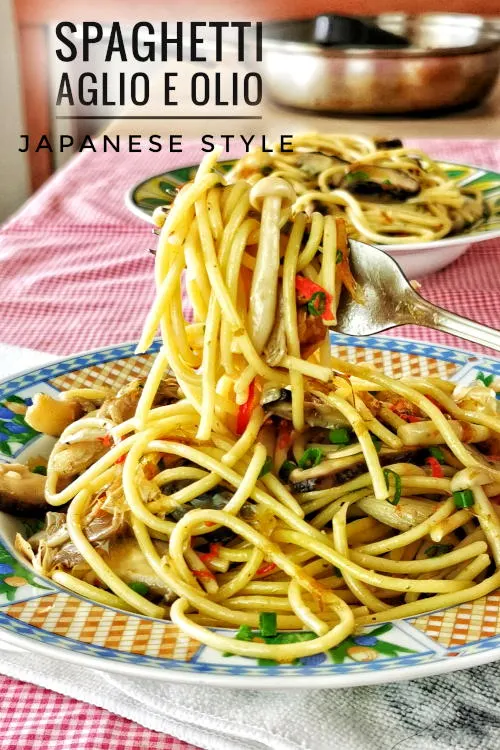
How to prepare spaghetti aglio e olio (Japanese flavor)
1. Cook the spaghetti the classic way
The pasta is cooked the traditional way. Although most people are familiar with the method, here is how I do it, and hopefully, you will pick up some helpful tips within the lines.
- Fill a stockpot with about 1.5 liters of water. Bring the water to a boil and add 1.5 tablespoons of salt.
- Set the timer one minute shorter than the recommended duration to reach al dente printed on the packaging. (See note 7 below).
- Plunge 200g of dry spaghetti into the boiling water. Keep stirring gently in the first minute to prevent it from sticking to the pot.
- The spaghetti will submerge in the water entirely after it is softened. From then on, give it a few stirs every few minutes until it reaches just shy of al dente.
- Keep about half a cup of pasta water to prepare the sauce later.
- Pour the spaghetti through a colander, drain. Then, drizzle some olive oil and mix well while it is warm to prevent the spaghetti from sticking together.
Tips for cooking the perfect spaghetti
- The amount of water should ideally be about 5 quarts (about 5 liters) for one pound (about 500g) of pasta. This amount of water provides sufficient room for the spaghetti to expand while cooking. It will get mushy and sticky if there is too little water to cook the spaghetti.
- Use at least 1.5 tablespoons of salt for cooking every pound of pasta. I use one tablespoon of salt for cooking about 250g (about half a pound) of spaghetti in this recipe.
- The water should be rolling boil when you add the pasta. It helps to prevent the pasta from getting mushy.
- Keep the water boiling throughout to prevent the spaghetti from sticking and uneven cooking.
- There is no need to use oil for cooking spaghetti. It will not stick together if you stir it from time to time.
- Remember to keep some pasta water aside to make the sauce. It is salty and starchy, which adds flavor and helps glue the pasta and sauce together.
- The spaghetti is cooked until just shy of al dente (I reduce one minute of cooking time as indicated on the packaging), as we will add the spaghetti to the garlic oil to cook further.
- Drain the pasta and set it aside. You may want to add a teaspoon or two of olive oil and toss it if you do not mix the pasta with the sauce immediately. The oil helps to prevent the spaghetti from sticking together.
2. Saute the garlic and mushrooms
Add three tablespoons of olive oil to a skillet and saute the thinly sliced garlic.
There is no need to wait until the oil starts to smoke before adding the garlic. Keep the oil at low heat to control the doneness of the garlic. Saute the garlic until it is lightly golden.
You can add some chili flakes while cooking the garlic or later. The amount depends on how much heat you want to introduce to the spaghetti.
Now remove the garlic from the skillet, and use the oil to saute the mushrooms.
After the mushrooms have turned soft, which takes one to two minutes, season them with salt and pepper.
I also added some thinly sliced red chilies, not for the heat but to make the spaghetti more colorful.
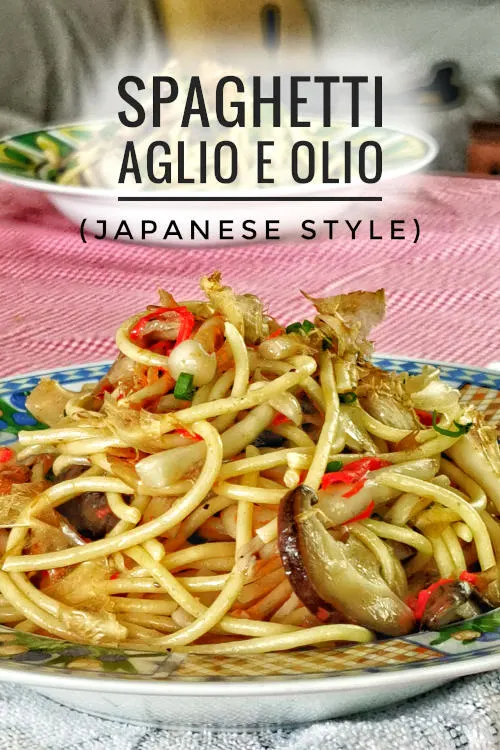
3. Season the pasta with Japanese flavor
Now it is time to add our magical ingredient, dashi powder, to the Japanese spaghetti.
Dashi powder is available online (Amazon) and at any Japanese grocery store. It usually comes in a small packet, and half packet (a large teaspoon) should give you enough flavor for half a pound of spaghetti.
I like to dissolve the dashi powder in three to four tablespoons of pasta water before adding it to the pasta. Keep in mind that it’s salted, so be conservative when adding salt while cooking the mushrooms.
You can also add one teaspoon of Japanese soy sauce to accentuate the flavor, which is optional.
Now transfer the drained pasta to the skillet. Stir and toss rapidly. The starchy pasta water will help combine the pasta with the sauce. It’s ready when the liquid is reduced to a thick, creamy coating.
What is dashi?
Dashi is a Japanese soup stock used in many dishes, such as miso soup. It has a savory taste of seafood and is slightly salty. The simplest dashi is vegan, made by cold brewing kombu (edible kelp), and some are added with bonito flakes in the process. You can refer to the miso soup recipe on this blog, which has a detailed explanation of how to prepare it from scratch.
This Japanese spaghetti recipe uses the ready-made dashi granule/powder to reconstitute with water. It may not be as tasty as the made-from-scratch one but is good enough to transform the spaghetti into a Japanese flavored dish.
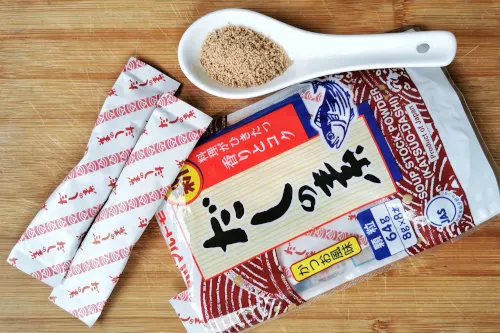
4. Use bonito flakes and scallion as the topping
Transfer the mushroom spaghetti aglio e olio to the serving plate. Sprinkle some thinly sliced scallion rings for a touch of freshness.
You can add some grated cheese as the topping. However, I sprinkle some bonito flakes to make it more Japanese.
What are bonito flakes?
Bonito flakes are made from dried bonito fish that is shaved into flakes. It is smokey, savory, and full of umami. Bonito flakes are also called Katsuobushi and are a popular item used as topping for various Japanese dishes. It is also an ingredient to prepare the Japanese stock called dashi. I use it as the topping instead of grated cheese to create a more Japanese-style flavor.
5. Other Japanese recipes you should try
You will also like to try the following dishes if you like this Japanese spaghetti recipe.
I also use the dashi granule to prepare Tamagoyaki, the Japanese-style rolled omelet. It is best as a side dish and ideal for breakfast.
You can check out our miso soup recipe if you want to try to make it. This recipe is the basic version and is prepared by making the dashi from scratch.
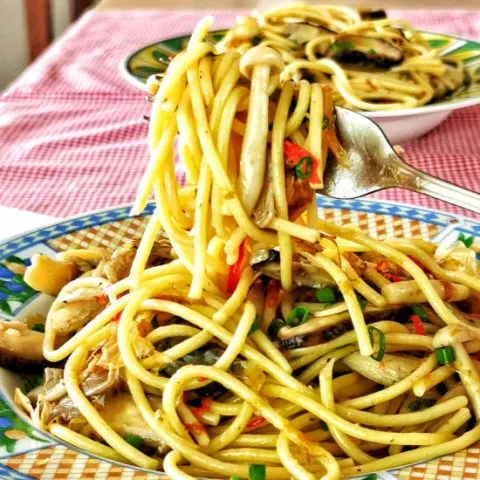
Spaghetti aglio e olio - easy Japanese-inspired fusion recipe
A classic spaghetti aglio e olio with a twist with of flavor. Cook with Japanese stock (dashi) and Asian mushrooms, and bonito flakes.
Ingredients
To cook the spaghetti
- 200g dried spaghetti
- 1.5 liter water
- 1.5 tbsp salt
To make the aglio e olio sauce
- 3 tbsp of olive oil
- 4 large cloves of garlic, thinly sliced
- 1 red chili, remove seeds, thinly sliced
- 1 tsp chili flakes
- 100g shiitake mushrooms, sliced
- 150g shimeji mushrooms, cut into two if too long
- 150g oyster mushrooms, break up into small pieces
- 1 tsp of salt
- 1/2 tsp of ground black pepper
- 1.5 tsp of dashi granules
- 1 tbsp of scallion rings
- 1 tbsp of bonito flakes
Instructions
For the spaghetti
- Fill a stockpot with about 1.5 liters of water. Bring the water to a boil and add 1.5 tbsp of salt.
- Plunge the spaghetti into the water. Keep stirring gently in the first minute to prevent it from sticking to the pot.
- Give it a few stirs every few minutes until it reaches just shy of al dente.
- Keep about half a cup of pasta water to prepare the sauce later.
- Pour the spaghetti through a colander, drain.
For the sauce
- Add the olive oil to a skillet and saute the thinly sliced garlic over low heat until lightly golden.
- Now remove the garlic from the skillet, add the mushrooms and use the oil to saute the mushrooms until soft.
- Add the sliced red chilies and chili flakes.
- Season it with salt and pepper.
- Dissolve the dashi powder with 4 tbsp of pasta water. Add to the mushrooms.
- Transfer the drained pasta to the skillet. Stir and toss rapidly.
- After the pasta is well-coated with the sauce, transfer to the plate.
- Garnish with scallion rings and bonito flakes. Serve.
Recommended Products
As an Amazon Associate and member of other affiliate programs, I earn from qualifying purchases.
Nutrition Information:
Yield: 2 Serving Size: 1Amount Per Serving: Calories: 699Total Fat: 40gSaturated Fat: 9gTrans Fat: 0gUnsaturated Fat: 25gCholesterol: 51mgSodium: 7830mgCarbohydrates: 61gFiber: 9gSugar: 8gProtein: 30g
This data was provided and calculated by Nutritionix on 11/26/2021

![Awase Dashi Powder with No MSG (Bonito and Kelp Soup Stock) [English instructions on the back] 1.48 oz (6 gram x 7 packets)](https://m.media-amazon.com/images/I/51cr0fwI3vL._SL500_.jpg)
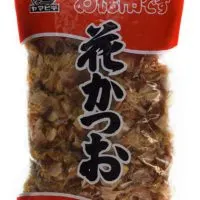

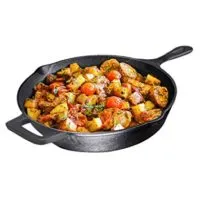
KP Kwan
Saturday 27th of November 2021
Hi, this is KP Kwan. I am happy to see you in this comment area, as you have read through my recipe. I am glad to reply to any questions and comments as soon as possible.